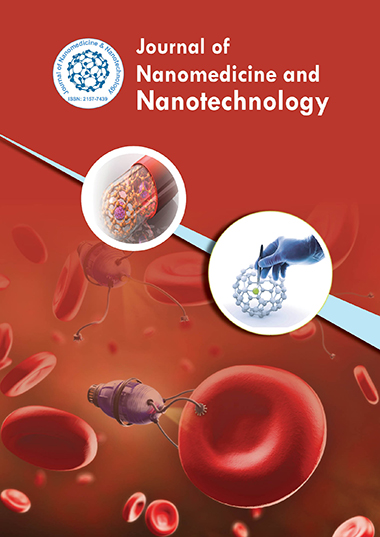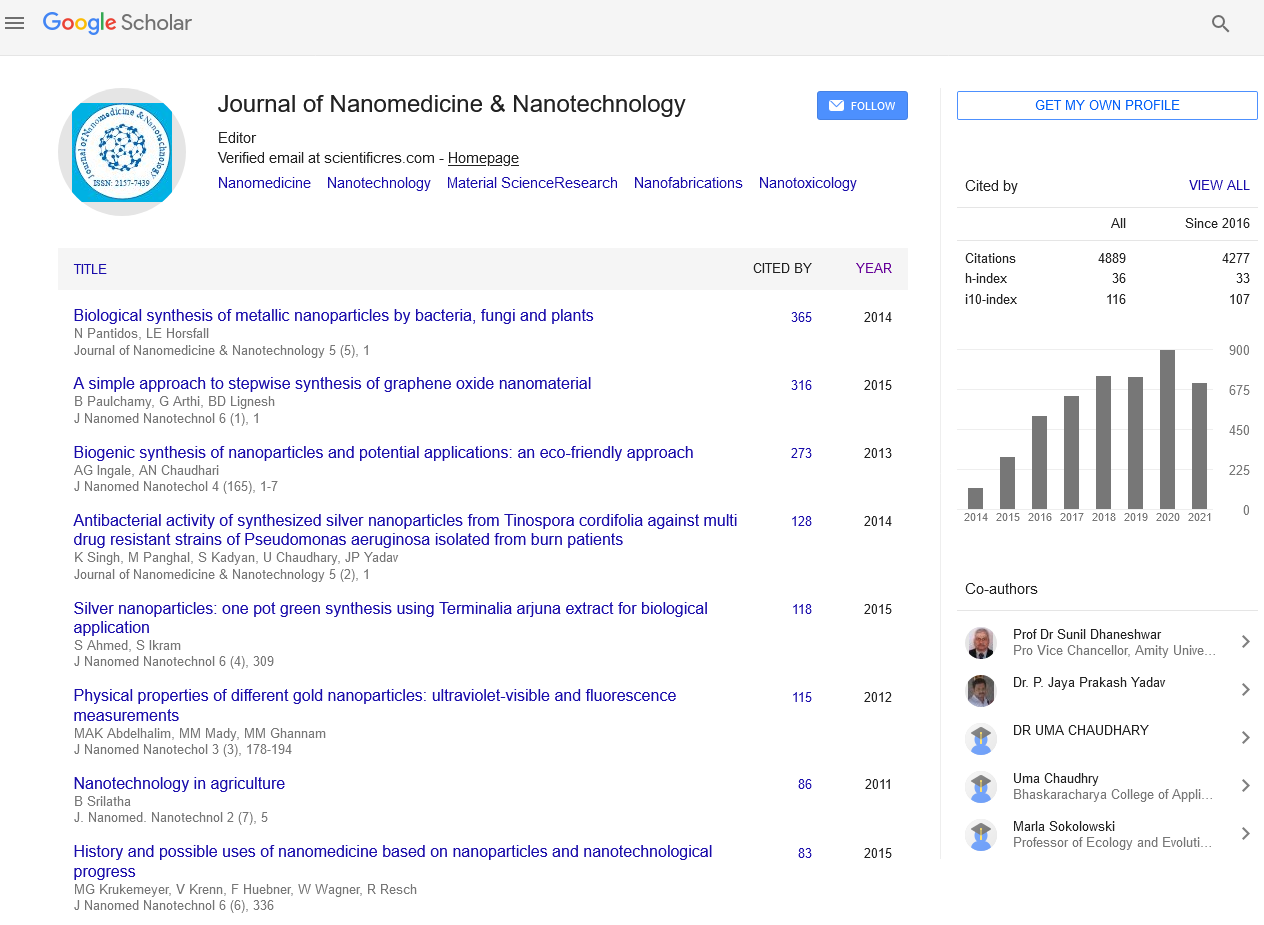PMC/PubMed Indexed Articles
Indexed In
- Open J Gate
- Genamics JournalSeek
- Academic Keys
- JournalTOCs
- ResearchBible
- China National Knowledge Infrastructure (CNKI)
- Scimago
- Ulrich's Periodicals Directory
- Electronic Journals Library
- RefSeek
- Hamdard University
- EBSCO A-Z
- OCLC- WorldCat
- SWB online catalog
- Virtual Library of Biology (vifabio)
- Publons
- MIAR
- Scientific Indexing Services (SIS)
- Euro Pub
- Google Scholar
Useful Links
Share This Page
Journal Flyer

Open Access Journals
- Agri and Aquaculture
- Biochemistry
- Bioinformatics & Systems Biology
- Business & Management
- Chemistry
- Clinical Sciences
- Engineering
- Food & Nutrition
- General Science
- Genetics & Molecular Biology
- Immunology & Microbiology
- Medical Sciences
- Neuroscience & Psychology
- Nursing & Health Care
- Pharmaceutical Sciences
Self assembled nanopillars
2nd International Conference on Nanotek and Expo
December 3-5, 2012 DoubleTree by Hilton Philadelphia Center City, USA
Hai-Feng JI
Scientific Tracks Abstracts: J Nanomed Nanotechol
Abstract:
With the ultimate objective of the miniaturization of electronic device components, various methods for the fabrication of well-defined nanostructures have been extensively studied, not only to improve device performance, but also to take advantage of the remarkable properties of nanostructures that raise new possibilities at the nanoscale. Recently, we developed a series of ordered nanostructures, such as crystal nanowires of melamine with trimesic acid, thiocyanuric acid, cyanuric acid, and terephthalic acid, are self-assembled through π-π interactions and hydrogen bonding of molecular building blocks. Because of the highly ordered structure of the nanowires, the water-saturated proton conductivity for the nanostructures is much higher than the current proton conductive materials. The exceptionally high conductivity combined with the use of inexpensive reagents and a simple synthetic process, makes these structures highly promising as a future material for industrial fuel cells. We expect the work could offer wide opportunities for technological applications due to the capability of large-scale fabrication of nanometer-sized systems with controllable morphologies and properties. These studies are driven by the technological relevance of nanostructures on surfaces from perspectives such as surface coatings, nanosensors, nanoelectronics, and heterogeneous catalysis
Biography :
Hai-Feng JI did a postdoctoral research at Department of Chemistry, the University of Florida, after earning his PhD in Chemistry Chinese Academy of Sciences. He has authored about 100 research publications that include 5 book chapters review articles


